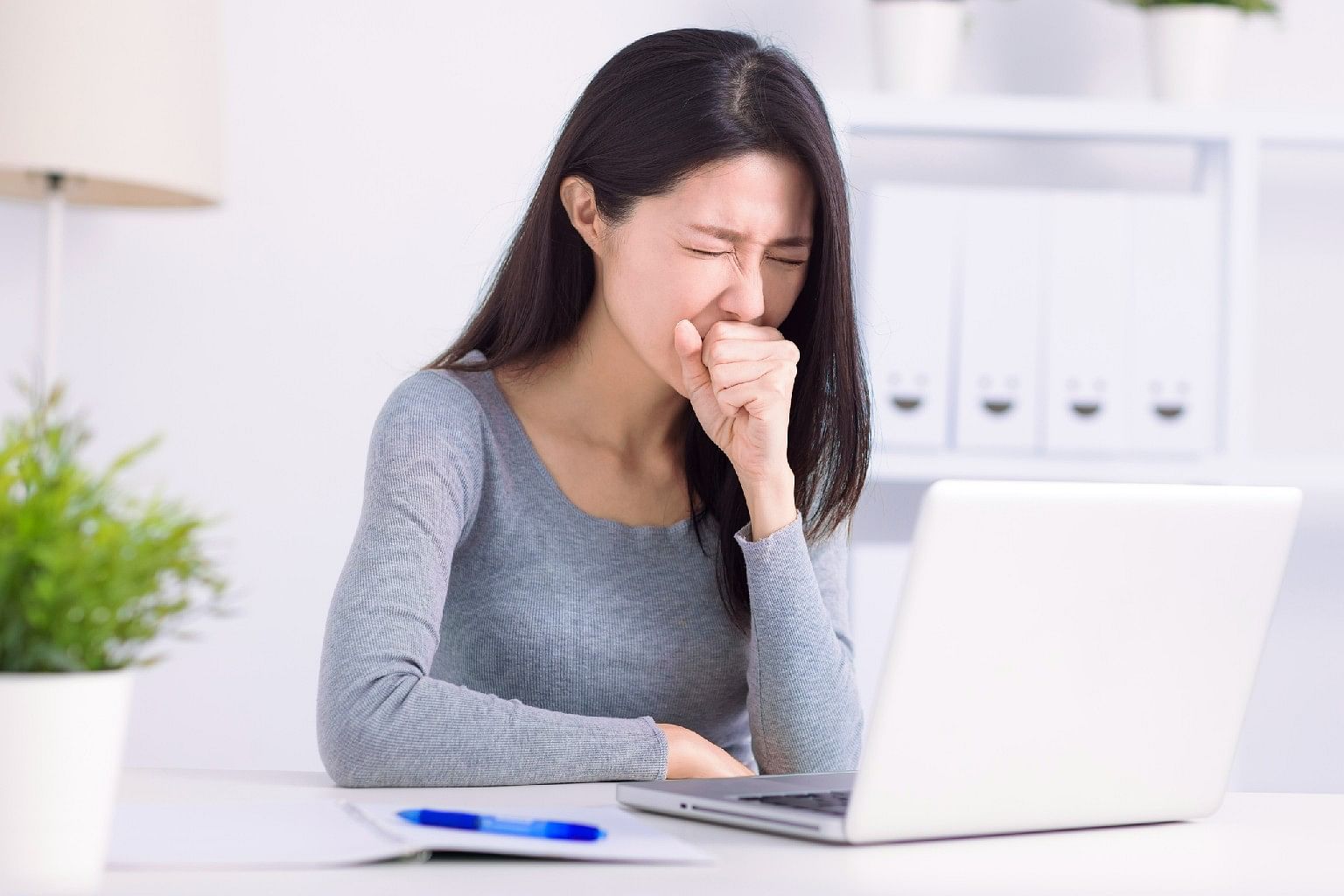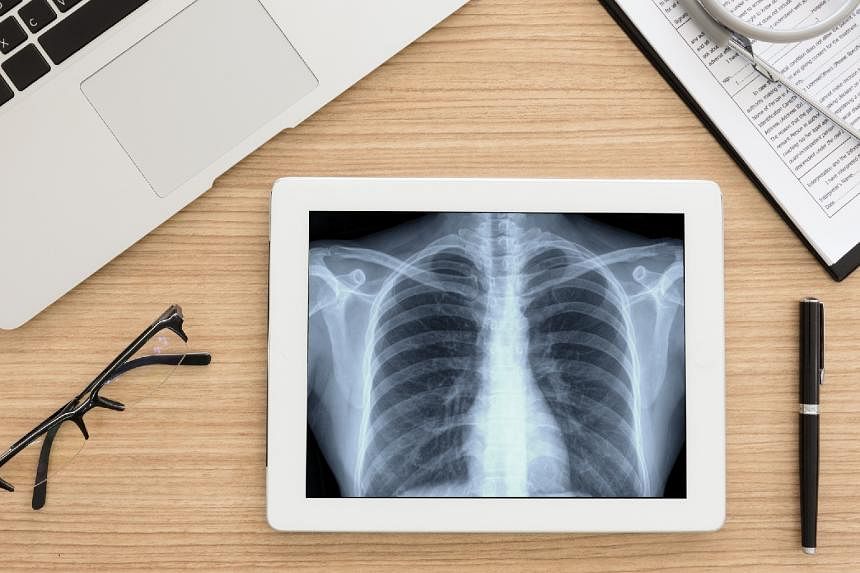Lung cancer is one of the most common cancers in Singapore and also one of the deadliest. The third most common cancer in Singapore, lung cancer accounted for 14 per cent of male cancer cases and 7.5 per cent of female cancer cases from 2014 to 2018.
It is also the leading cause of cancer death for males and second most common among females in Singapore. One of the main reasons why death rates are so high is that the cancer has no obvious signs or symptoms until it reaches the later stages.
“Lung cancer is generally silent. By the time an individual develops symptoms, or a spot appears on the chest X-ray, it is usually in an advanced stage with a low chance of a cure, says Dr Kenneth Chan, consultant respiratory physician, Gleneagles Hospital.
Lung cancer can affect anyone, even non-smokers. Research has also shown that there is an increasing prevalence of lung cancer in “never-smokers” - people who have never smoked in their lives.
Dr Chan’s patients range from elderly males who smoke, to young female non-smokers. He shares more about the condition, why screening is essential and the treatment methods available.
Q: There are two main types of lung cancer - small cell lung cancer (SCLC) and non-small cell lung cancer (NSCLC). What is the difference between them?
In SCLC, cancerous cells are smaller and rounder. Despite their size, SCLC is more aggressive and has a poorer prognosis. Luckily, it usually only makes up 15 per cent of new lung cancer diagnoses. Cigarette smokers are more at risk of developing SCLC.
On the other hand, NSCLC is less aggressive but accounts for most cancer cases, many of whom are “never-smokers”. Due to its slow progression, NSCLC is treatable if detected early.
Q: Besides smoking, how else can one get lung cancer?
Cigarette smoking remains the main cause of lung cancer. However, there are other risk factors such as second-hand smoke and exposure to cancerous substances such as radon, asbestos and arsenic. The World Health Organisation explains that for most people, the greatest exposure to radon, a colourless, odourless radioactive gas, is in the home or office. Asbestos, on the other hand, is rare in Singapore but found mainly in old buildings.
More East Asian women are getting lung cancer despite not having smoked in their lives. This might be due to genetic factors, although the exact causes are unknown. In Singapore, “never-smokers” make up 30 per cent of lung cancer patients.
Q: How can you differentiate between long Covid and lung cancer?
If you have a cough that does not go away, or you start coughing up blood, lose excessive weight or experience breathlessness, there is a chance it could be lung cancer. However, do get a doctor’s evaluation as distinguishing lung cancer and long Covid is not always easy.

Q: Who should get screened for lung cancer?
Individuals, aged between 55 to 74, who have smoked a pack of cigarettes per day for 30 years or more and are continuing to smoke.
For individuals who have quit smoking less than 15 years ago, they remain at risk for lung cancer and should also be screened.
Non-smokers who are exposed to second-hand smoke or who have a family history should discuss with your doctor the risks and benefits of lung cancer screening.
Q: Please explain how lung cancer screening works
Annual chest X-rays lack the accuracy to pick up early-stage lung cancer. Instead, a screening procedure known as a low-dose computed tomography (CT) lung screening has a much higher level of accuracy in detecting small spots on the lung, including early-stage cancers.
The low-dose CT lung screen is a quick, non-invasive and painless test. Low doses of X-rays help generate highly detailed images of the lung. Unlike some other CT scans, there is no dye that is injected. Afterwards, the patient can consult a specialist to go over the results.
Q: What are the next steps for the patient if lung cancer is detected?
Treatment options depend on the stage and severity of the cancer. These might include one or a combination of the following:
Surgery: the best way to cure cancer in early-stage patients. It involves removing part of the lung affected by the cancer and the surrounding lymph nodes. Minimally invasive keyhole surgery allows for this to be done safely with less pain and quicker recovery.
Chemotherapy: this involves injecting drugs to destroy cancerous cells, with the medicines given at regular intervals over several months.

Targeted therapy: Some types of NSCLC, especially those affecting non-smokers, can be treated with medication that target specific molecular signals allowing cancers to grow. This is an effective and safe method. As the medication is administered orally, patients can be treated at home.
Immunotherapy: This can be done alone or with chemotherapy. Immunotherapy uses injectable medication to stimulate patients’ natural immune systems to detect and destroy cancer cells.
Radiation therapy: This can be effective in more advanced lung cancer, with high-energy beams attacking cancer cells. For patients with early-stage lung cancer who cannot have surgery, stereotactic ablative radiosurgery has good rates of success. Advanced machinery delivers highly focused radiation beams to the cancerous cell tissues whilst limiting damage to surrounding tissues



